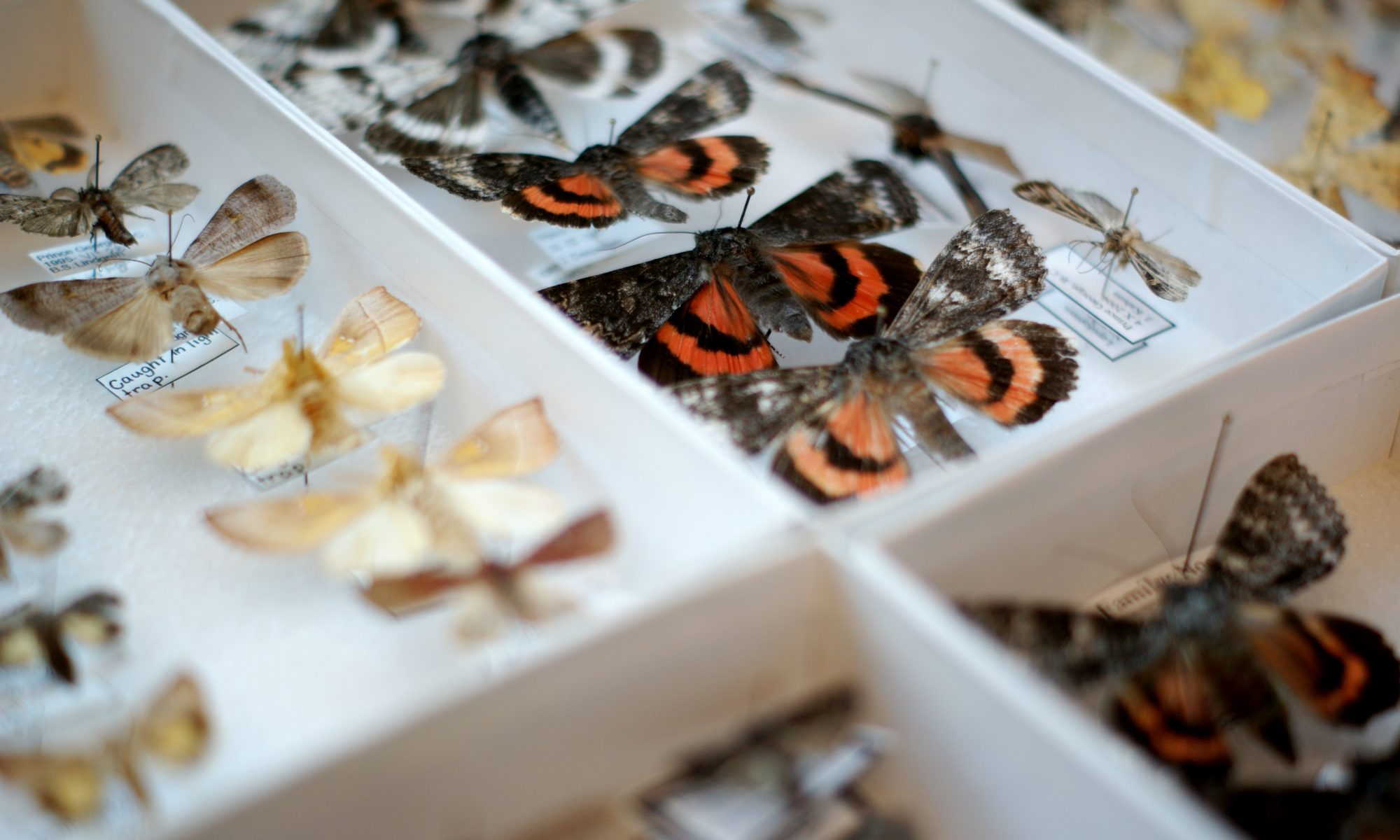Hey, I’ve kept this up for a few weeks in a row!
Here are the now-regular (hopefully to stay that way… we’ll see how it goes) half-dozen Coleopteran mandible dainties.
You’re checking your smartphone too much!
The take-home, Ballard says, is that being connected isn’t always entirely a bad thing. “The benefits are only sustainable, however, when these tools are used in ways that are a good fit for each individual’s needs, skills and preferences.
Although your iPhone might be just fine
One option would be that rather than keeping the virtual and the natural worlds separate — turning off our machines, taking e-sabbaticals, or undergoing digital detoxes, in order to connect with nature — we think about them all as integrated elements of a single life in a single world. There is already a growing sense in the wired community that connections with the natural world are vital to digital well-being, both now and in the future. This same community needs to pay attention to biophilia and to its implementation in biophilic design. With the help of biophilic insights, we can connect the planet beneath our feet with the planet inside our machines.
In school, and in other settings where adults are in charge, they make decisions for children and solve children’s problems. In play, children make their own decisions and solve their own problems. In adult-directed settings, children are weak and vulnerable. In play, they are strong and powerful. The play world is the child’s practice world for being an adult. We think of play as childish, but to the child, play is the experience of being like an adult: being self-controlled and responsible. To the degree that we take away play, we deprive children of the ability to practise adulthood, and we create people who will go through life with a sense of dependence and victimisation, a sense that there is some authority out there who is supposed to tell them what to do and solve their problems. That is not a healthy way to live.
One very sad place with no internet and minimal time for play
Before I talk about what I learned, I’d like to quickly say hi to whomever from the North Korean government is reading this. Only the highest-level officials have access to the internet in North Korea, and I learned that the job of one of them is to scour the internet for anything written about North Korea and keep tabs on what the foreign press is saying. So hi, and haha you can’t get me cause I’m back home now and I can say all the things I wasn’t allowed to say when I was in your country.
Now that I’ve jinxed myself to certain assassination, let’s get started—
Conservation and the fact that everyone is a taxonomist
Without even realizing it, we have traded a view of ourselves as living beings in a living world for a view of ourselves as consumers in a landscape of merchandise. We have unwittingly traded a facility with living things for a savant-like brand expertise that exchanges the language of the living world—the names of real plants and real animals—for a vocabulary of Tony the Tigers and Geico geckos. The world we live in, our simple reality, is the world of purchasable items. We have, without even trying, absolutely gotten what we’ve paid for. You might need a naturalist interpreter to help you make sense of things as you walk through the local forest, but you would never need such assistance when wandering through the mall.
Not surprisingly, we are also simultaneously trading the actual world of living things for a world filled instead with human-made products, with factories to build them, with stores to sell them, with homes to fill them with. While we’ve been busy shopping and the world’s diversity of human-made things has been increasing, the world’s wealth of living things has been dwindling.
Technology and nature swim with the sharks
Explore dozens of satellite tracks by selecting a species and individual shark…
These shark satellite tracks are part of an ongoing research project by RJD scientists to better understand the migratory routes and residency patterns of Tiger, Hammerhead, and Bull sharks in the subtropical Atlantic.
Bonus byte: Tubas
